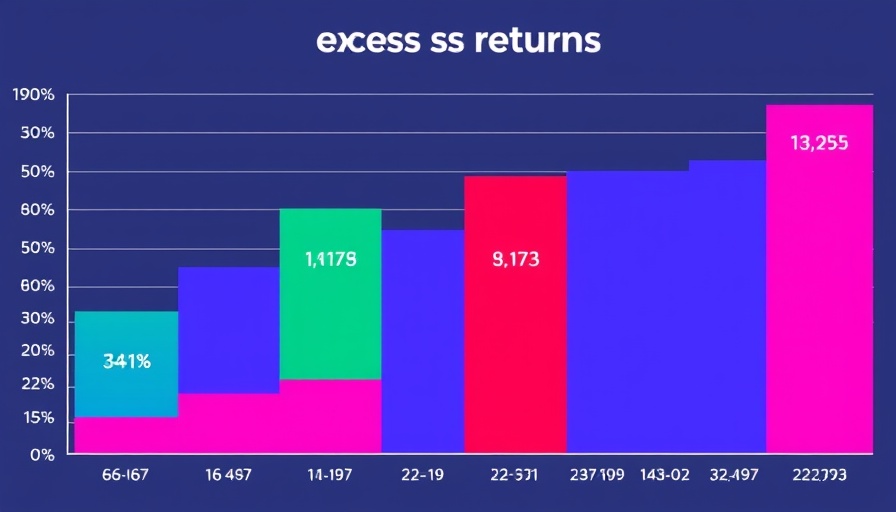
The Rising Demand: Why Gold Miners Are Trending
With precious metal equities surging by an impressive 51% year-to-date, the gold mining sector is capturing attention among investors, particularly those at financial institutions. Gold mining stocks tend to exhibit unique performance patterns, largely independent of the price movements of gold itself. This characteristic makes them a noteworthy consideration when diversifying investment portfolios.
Understanding Gold Miners’ Volatility
Gold mining companies can behave differently from equities in other sectors. For example, when economic uncertainties loom, gold often serves as a safe haven, with miners typically capitalizing on the heightened demand for the yellow metal. This relationship is crucial for investors looking to bolster their portfolios, particularly in tumultuous market conditions. The past few years have demonstrated that during market downturns, gold miners can serve as a buffer against volatile swings in the stock market.
Strategic Asset Allocation: Integrating Gold Miners
For financial institutions, incorporating gold miners into investment strategies can enhance asset allocation. Rather than treating gold and its mining counterparts as singular investments, viewing them in tandem allows for a robust diversification strategy. This is significant for asset management, as it can stabilize returns and mitigate risks across varying market scenarios. By balancing gold miners within a portfolio, investors can harness the potential inflation hedge and appreciate the value even in uncertain economic climates.
Future Predictions: What Lies Ahead for Gold Miners?
As the global economy fluctuates, experts foresee that gold will remain a substantial player in investment realms. Projects in emerging markets and advancements in mining technologies may further bolster the profitability of gold mining stocks. With a keen eye on evolving market trends, financial institutions should prepare to adapt their strategies to harness the potential of this shining sector.
In conclusion, gold miners present a compelling case for those looking to improve their portfolios. Their unique performance characteristics, combined with the historical value of gold as a stable asset, make them worthy of consideration for long-term investment strategies.
 Add Row
Add Row  Add
Add 




Write A Comment